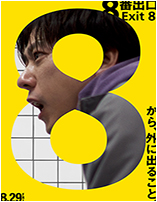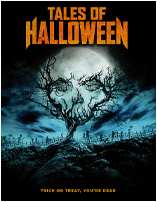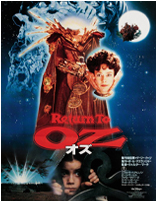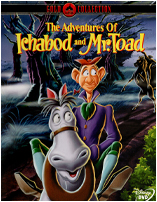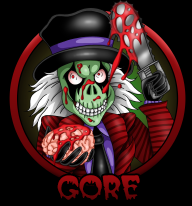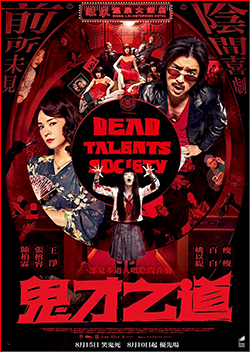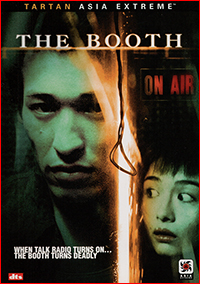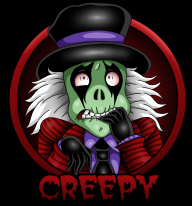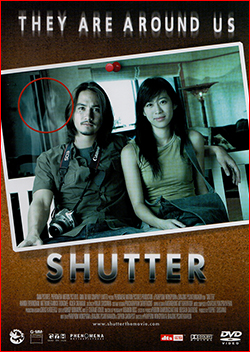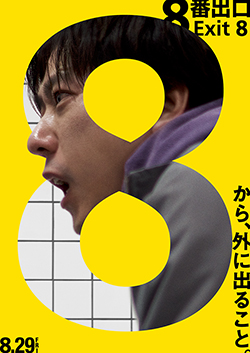 A man is at a subway station, and it’s just a normal crowded and busy-as-hell day in Japan. On the train, he watches a woman holding a crying baby, who gets yelled at and harassed by an angry passenger who has become annoyed by the baby’s constant screaming. The woman desperately tries to hush her baby, telling the angry douchebag that she’s sorry…and no one bothers to step up for her. Not our protagonist, either, who seems bothered by the incident but decides to just block it out with his phone and earplugs. Just a normal day in an everyday phone-infested daily life where no one gives a shit.
A man is at a subway station, and it’s just a normal crowded and busy-as-hell day in Japan. On the train, he watches a woman holding a crying baby, who gets yelled at and harassed by an angry passenger who has become annoyed by the baby’s constant screaming. The woman desperately tries to hush her baby, telling the angry douchebag that she’s sorry…and no one bothers to step up for her. Not our protagonist, either, who seems bothered by the incident but decides to just block it out with his phone and earplugs. Just a normal day in an everyday phone-infested daily life where no one gives a shit.
As the man then gets off the train and walks the hallways of the subway station, his ex girlfriend calls: she’s pregnant! And she’s unsure what to do about it, and wants to hear his opinion, which only results in a lot of stammering and procrastination, until the signal is lost and he finds himself in what appears to be a strange and mostly deserted passage. There’s a sign saying he should take Exit 8 to get out of the station. Okey-dokey, then. As he keeps walking, he finds himself inexplicably stuck as he keeps returning to the same spot over and over, like walking in a literal circle with no exit to be found. And even stranger: the same man keeps coming, from the same place, whenever he gets back at the entry point. As he starts studying the signs and info posted around the place, he’s instructed to look for and identify any anomalies, and if he sees any, he should turn back instead of walking forward. As he notices slight changes after several walking rounds, he notices that if he follows these instructions, the level proceeds from 0 to 1, and upwards. But if he makes a mistake, no matter how far he’s gotten, he gets sent back to level 0 again. And the anomalies and incidents that keeps happening gets weirder and stranger the further he gets..
Exit 8 (Japanese: 8番出口) is a psychological mystery thriller from Japan, directed by Genki Kawamura and co-written with Kentaro Hirase. It’s based on a video game from 2023 by the same name, which was developed by Kotake Create. It was filmed in Tokyo during late 2024 to early 2025, for the most part in a built replica of the game’s underground passage.
Time loop films can be a fun and interesting concept, with a lot of things to play around with, everything from rather simple and upbeat ideas like Happy Death Day (or even the recent Until Dawn which was also based on a video game), or the more artsy ones like for example Koko-di Koko-da. In Exit 8, you not only get the loop concept, but it’s concentrated around a liminal space area which gives it an extra dreamlike and surreal feel.
Exit 8 is one of those mystery thrillers that never really offers anything that’s outright frightening in and of itself, but it’s the total feel of the place, the small oddities, weirdness and surrealism of everything. While I haven’t yet played the game this movie is based on, I have for a long time enjoyed games that involves liminal space surroundings and heavy surrealism (and while I’ve played several of these games over the years, none have really scratched that itch the same way as Yume Nikki did). What I think makes Exit 8 very effective in creating an eerie vibe with such a bright location, is the mix of familiarity with a deepening sense of something being very, very wrong about the place. And to be honest, it was actually a bit fun to follow the protagonist walking round and round while trying to spot some anomalies together with him.
While the game itself is just a surreal liminal space horror game with no actual narrative, this movie does add something to the mix which becomes rather apparent early on. There’s a lot of metaphors here, mainly about being indecisive and stuck in a self-inflicted loop of irresolution, especially when it involves guilt and responsibility. And the road to an actual solution seems like it’s never coming, and you keep trodding the same path over and over and often looking at so many external reasons why you’re stuck, instead of looking inwards and realizing the solution most often lies within yourself.
Exit 8 is a weird and minimalist psychological thriller that manages to keep the viewer engaged with what is a very simple premise. Perfect if you also like ideas featuring liminal space environments!
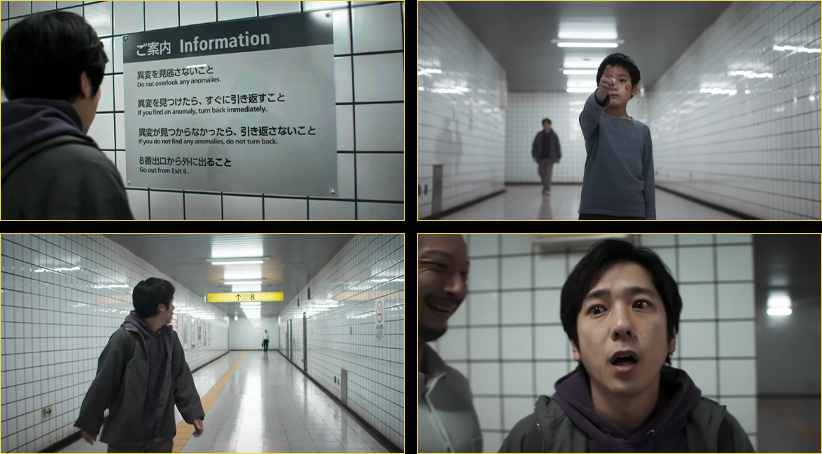
Director: Genki Kawamura
Writers: Kentaro Hirase, Genki Kawamura
Country & year: Japan, 2025
Actors: Kazunari Ninomiya, Yamato Kôchi, Naru Asanuma, Kotone Hanase, Nana Komatsu, Hikakin
IMDb: https://www.imdb.com/title/tt35222590/
![]()









